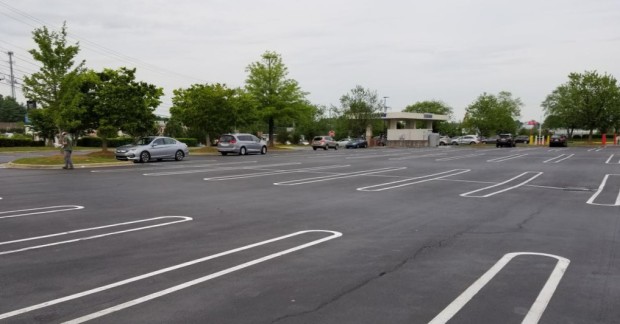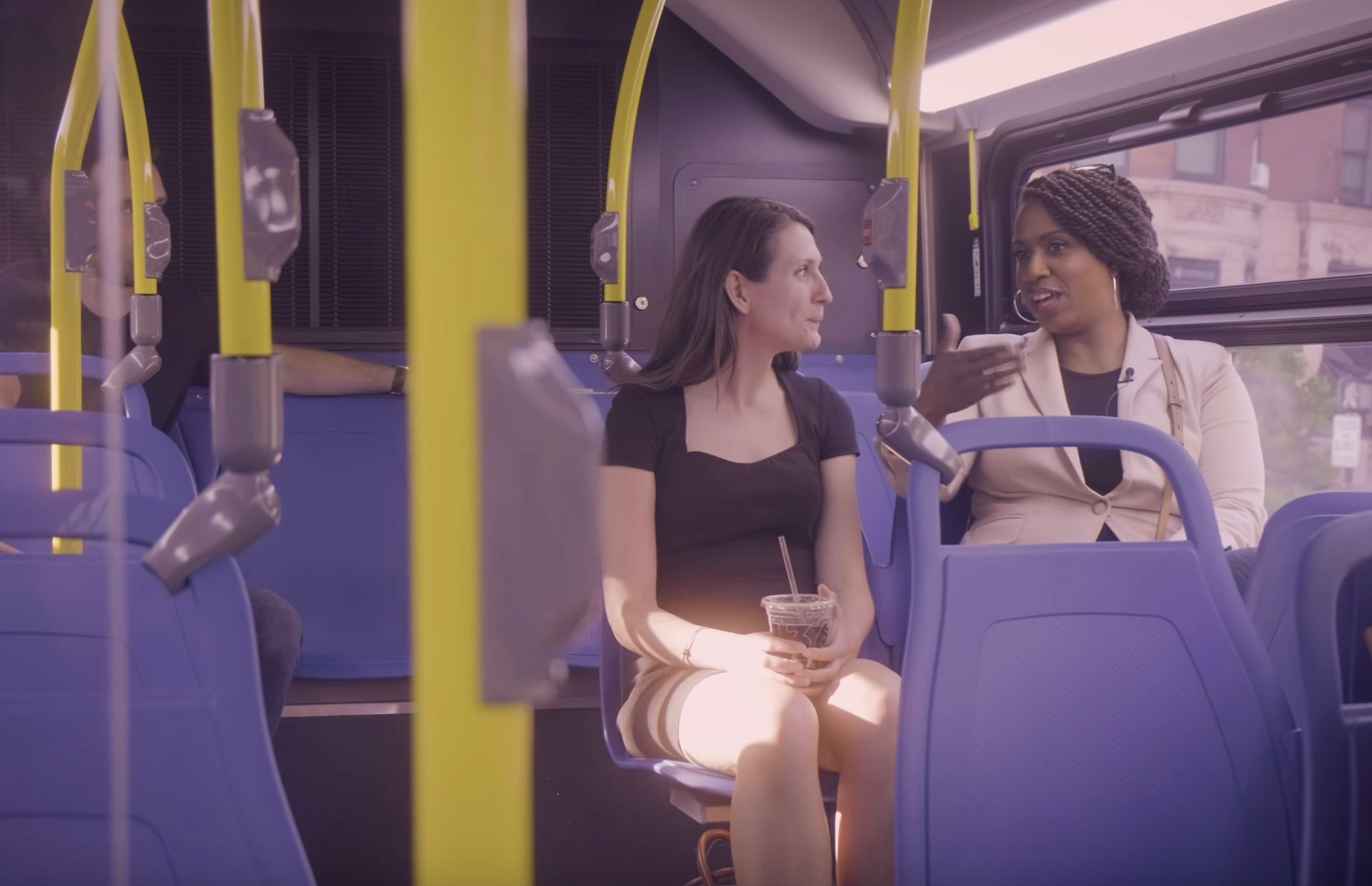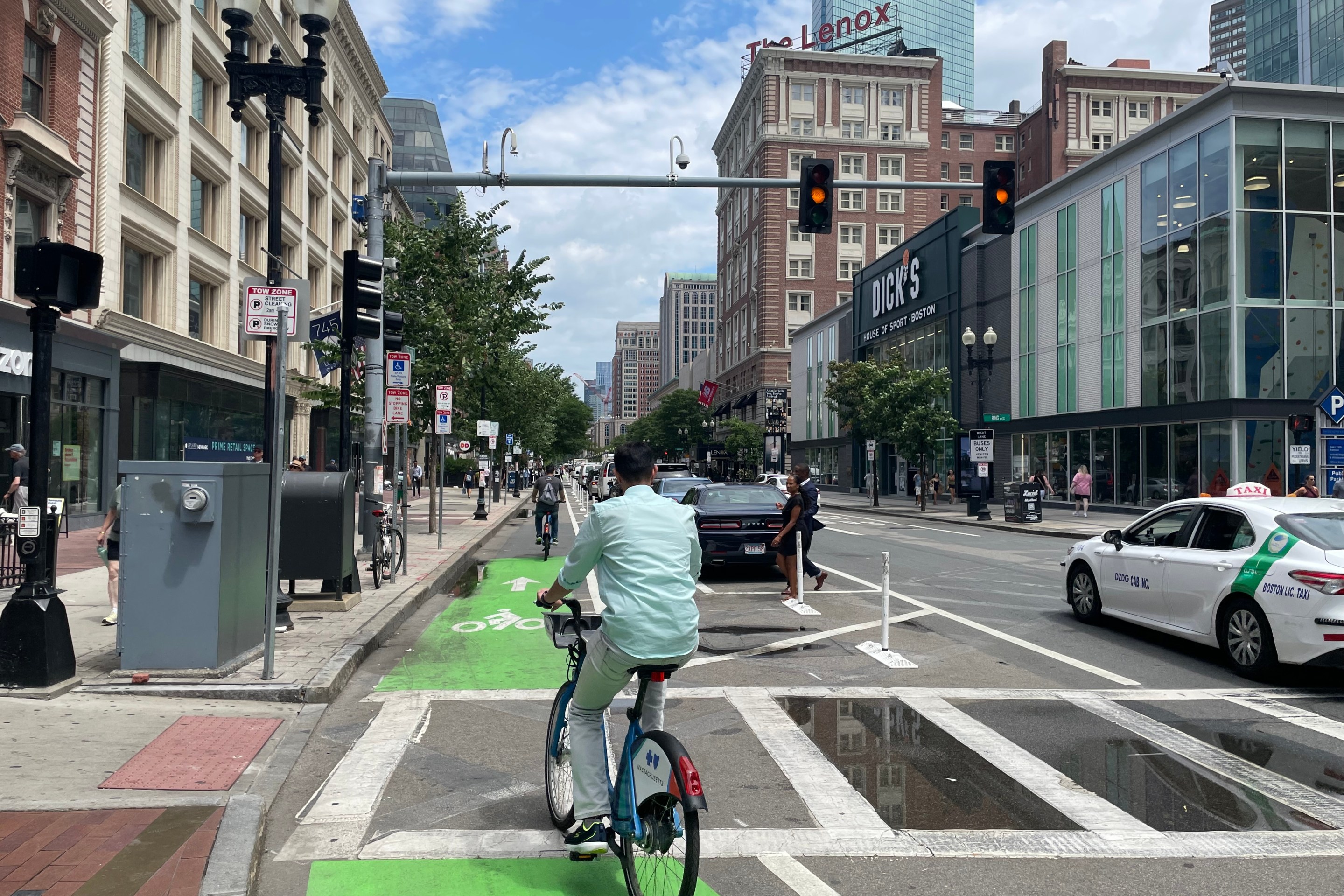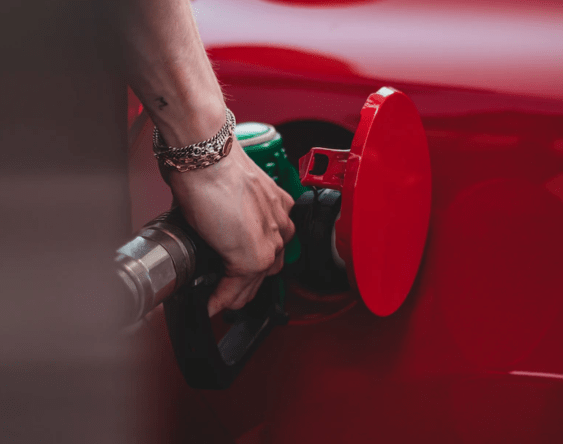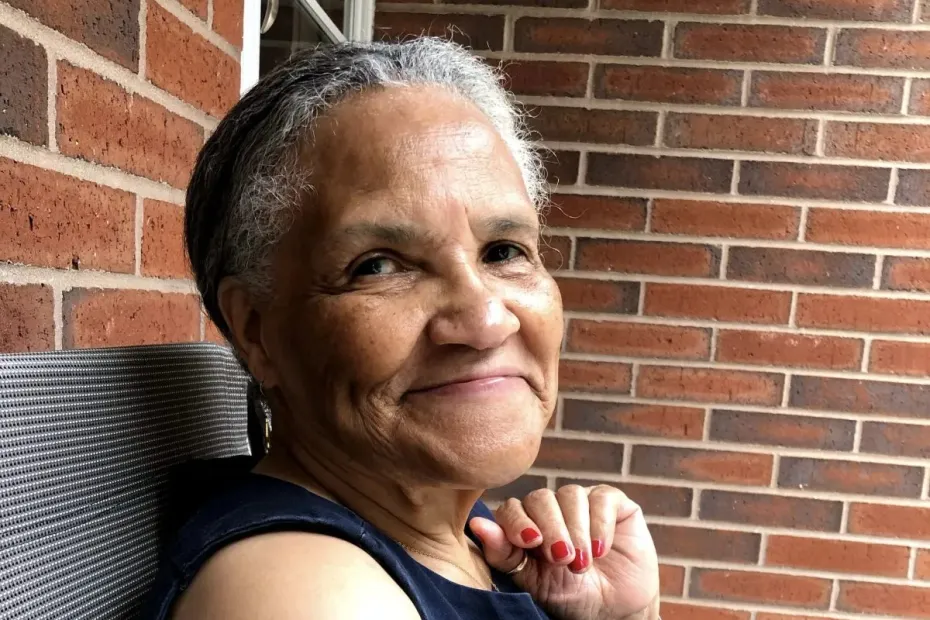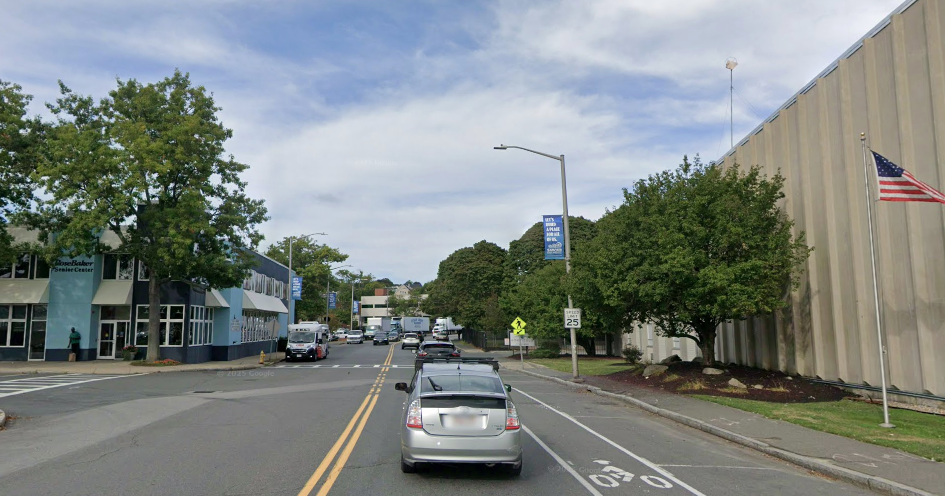A day after Mayor Wu suggested that her administration was interested in replacing paint and flexible-post bollards with more permanent infrastructure along the city's bikeways, her administration released their proposed capital budget for fiscal year 2026, which includes a detailed list of street construction projects that the city hopes to work on next year.
Capital budgets are subject to a lot of variations from project delays, and in addition to paying for construction projects, they also finance the design and permitting work, which often takes several years.
Some projects – like the city's Commonwealth Avenue Phase 3-4 road diet project – have been in the city's capital plan for nearly a decade now.
In other words, just because a project is listed in the budget doesn't necessarily mean we should expect to see physical changes on the street. But it is a good indicator of City Hall's priorities, and what it expects to spend money on in the year to come.
Here are some highlights:
Citywide street safety design and construction services
Two new items in the Public Works Department's capital plan would finance the design, engineering, and construction of "street safety improvements across the City, including intersection redesign, raised crossings, speed humps, bike lanes, and other traffic calming strategies to promote Vision Zero." The proposed budget would allocate $13 million for design and engineering, and an additional $15 million for construction, with $9.6 million an anticipated spending in the upcoming fiscal year.
Commonwealth Ave. Mall crosswalk improvements (Back Bay)
The Public Works Dept. is also proposing a new project to redesign "seven intersections along the Commonwealth Ave Mall between Hereford Street and
Berkeley Street to improve pedestrian walking experience and improve safety." The proposed budget is $600,000, with $150,000 in spending anticipated in FY2026.
Downtown bike network gaps: Charles St. South (Bay Village)

Since 2023, the city has planned a road diet and a protected bikeway on Charles Street South in Bay Village. At its most recent neighborhood meetings, in summer 2023, the city had reported would be complete by 2024, mostly with "quick-build" materials like paint and flexposts.
This year's proposed capital budget proposes to spend $2.25 million for this short segment of roadway, which suggests that the project might end up using more expensive materials. It's also now being included under the Public Works Department budget, not the Boston Transportation Department (BTD) budget. Public Works typically conducts heavier street reconstruction projects, while the BTD typically handles "quick-build" projects with paint and flexposts.
Most of this money wouldn't be spent until 2027 or later.
Downtown bike network gaps: Columbus Ave.(Back Bay)
Another new project could affect one of the most notorious bikeway gaps in the city – Columbus Avenue between Mass. Ave. and the Back Bay MBTA station.
This is a heavily-travelled bike route because it's the most direct path between the Southwest Corridor and downtown Boston. But it's also notoriously riddled with potholes and double-parked cars, and even though there are fairly high-quality protected bike lanes east of Clarendon Street and west of Mass. Ave., there's absolutely no dedicated space for bikes in between.
Mayor Wu's new capital budget proposes a $1.7 million Public Works line-item to "make safety and state of good repair improvements to Columbus Avenue between Massachusetts Avenue and Clarendon Street, including upgrading curb ramps, adding raised crossings at unsignalized intersections, and upgrading striping."
As with the Charles Street project, most of that funding wouldn't be spent until 2027 or later.
Lower Roxbury safety projects
The Lower Roxbury safety improvements project has been in the planning stages for several years, and will finally go under construction this spring. It will build new raised crosswalks, curb extensions, and other traffic-calming features to several streets between Melnea Cass Blvd. and Mass. Ave., with a particular focus on Shawmut Ave. and Washington Street.
Northern Ave. Bridge (Seaport/Downtown)
Remember the $100 million "people-first" bridge that former Mayor Marty Walsh wanted to build across the Fort Point Channel? It's still in the city's budget, and the Wu administration is proposing to add another $15 million in city capital funds for the project (this would supplement another $31 million that had already been pledged years ago).
But, as Jon Chesto reported for the Boston Globe earlier this year, that money isn't going to be spent on a new bridge. Instead, the city needs to conduct a very expensive demolition of the old bridge before it falls into the ocean.
Bluebikes expansions and equipment replacements
A previously-budgeted $7.4 million BTD line-item to install new Bluebikes docks citywide is expected to close out with a final $720,000 in spending in 2026. Another $500,000 line-item will be earmarked for replacement of old and broken equipment in 2026.
Charles Street (Beacon Hill) design work
The BTD budget also proposes an additional $650,000 for "design for a reconstructed Charles Street between Beacon Street and Cambridge Street, including bike lanes and widened sidewalks."
We last wrote about this idea back in 2021. This segment of Charles Street is a major gap in the city's planned bike network, and there's broad agreement that Charles Street doesn't need three lanes for motor vehicle traffic. But suggestions to swap one of those car lanes with wider sidewalks and a protected bikeway between the Public Garden and Charles Circle make a handful of the neighborhood's shop owners very upset.
'Safety surge' projects (citywide)
The proposed BTD capital budget would also top up the Mayor's popular "safety surge" program with $7 million in additional funding for "design, engineering, and construction work for significantly increased roadway safety infrastructure across the city, focused on speed hump construction, traffic signal work at intersections, and raised crosswalks or other ADA ramp work."
Another section of the BTD capital budget reports that the safety surge program has already installed "over 800" speed humps in neighborhoods across the city in 2024.
East Boston quick-build safety improvements
A new project in the BTD's capital plan this year will use federal funds to "improve safety and accessibility along key north-south (Meridian/Border Streets) and east-west (Bennington/Saratoga Streets) corridors through quick-build pilot interventions."
The city's recently-adopted Plan: East Boston document recommended protected bike lanes and new bus lanes along several of these streets to help support the MBTA's proposed new frequent-service bus routes through the neighborhood.
The project has a $3.5 million budget, with $1.25 million in anticipated spending in fiscal year 2026.
And a lot more
There are dozens of other projects in the city's proposed capital budget that we don't have space to cover here, but you can dive into all the details with the Streets Cabinet's full 112-page plan.
If you find something interesting, let us know in the comments section.

